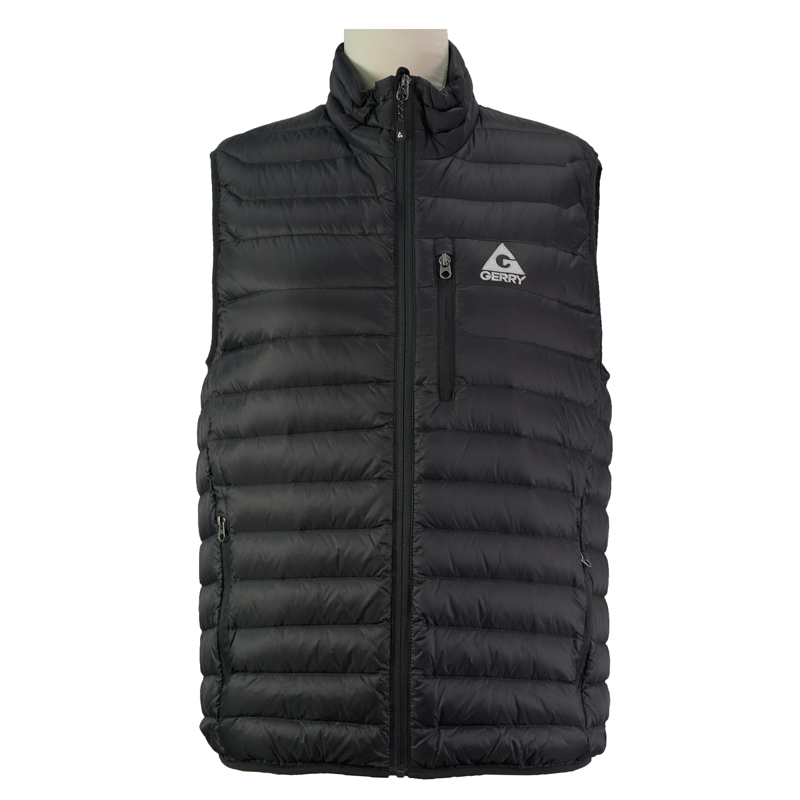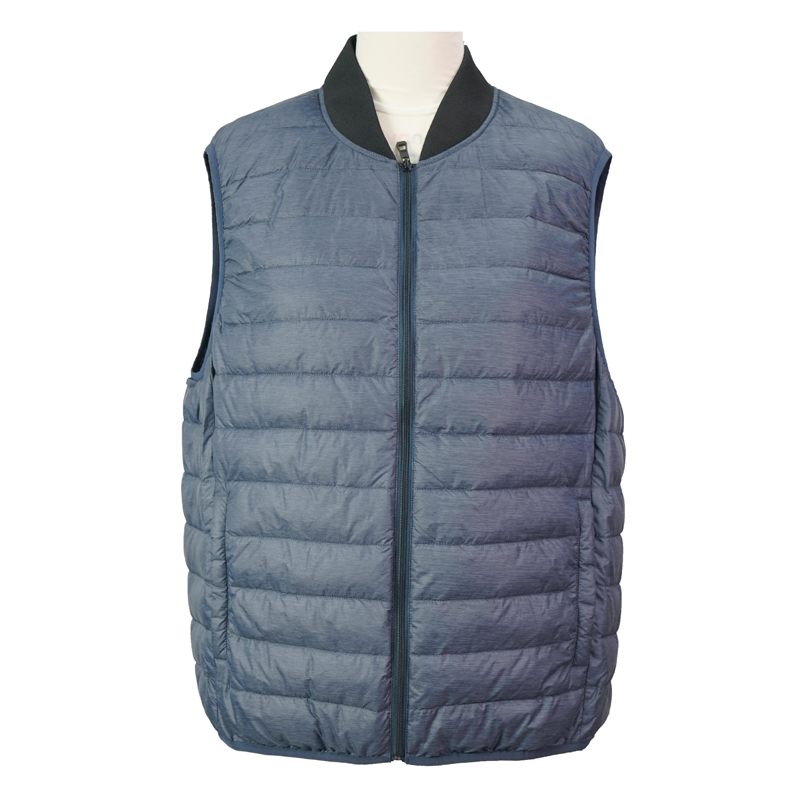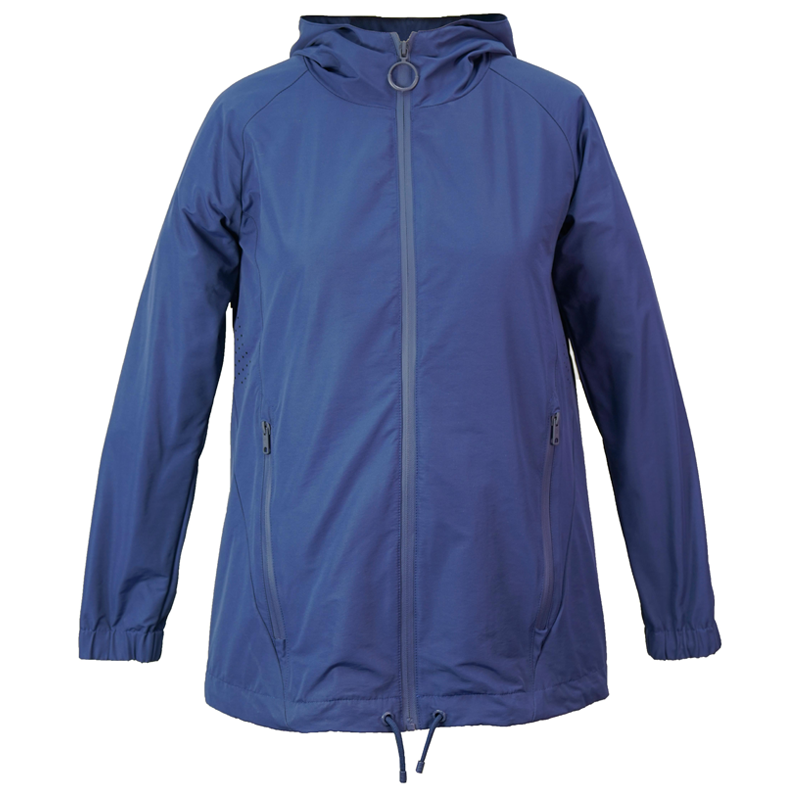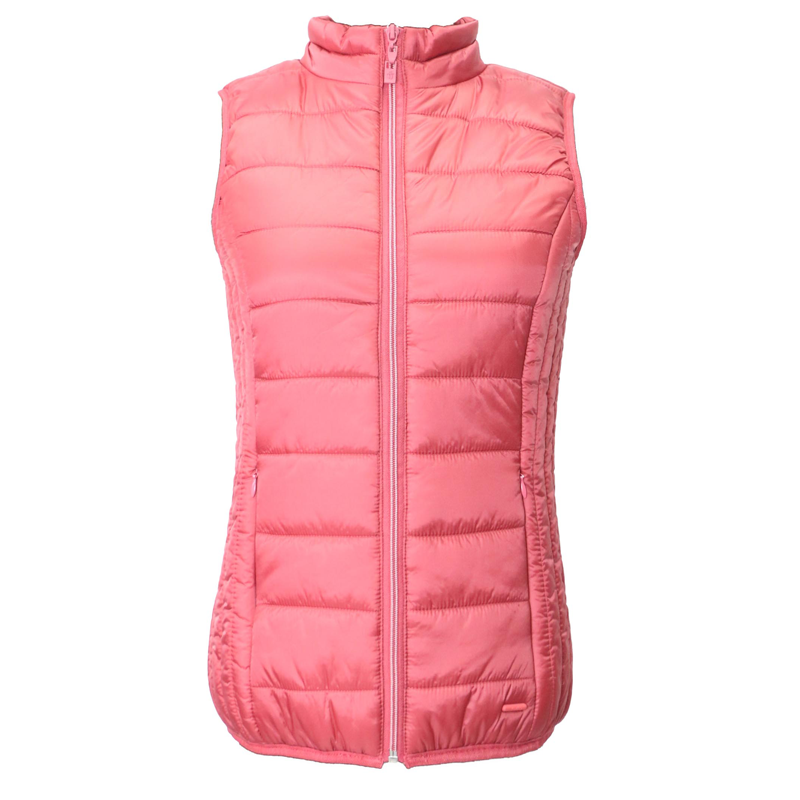Winter jackets are an essential wardrobe staple for women in cold climates, offering both warmth and style. However, with numerous types of winter jackets available, choosing the right one can be overwhelming. This guide will explore popular types of winter jackets for women, their pros and cons, and practical tips on selecting the best jacket for your needs.
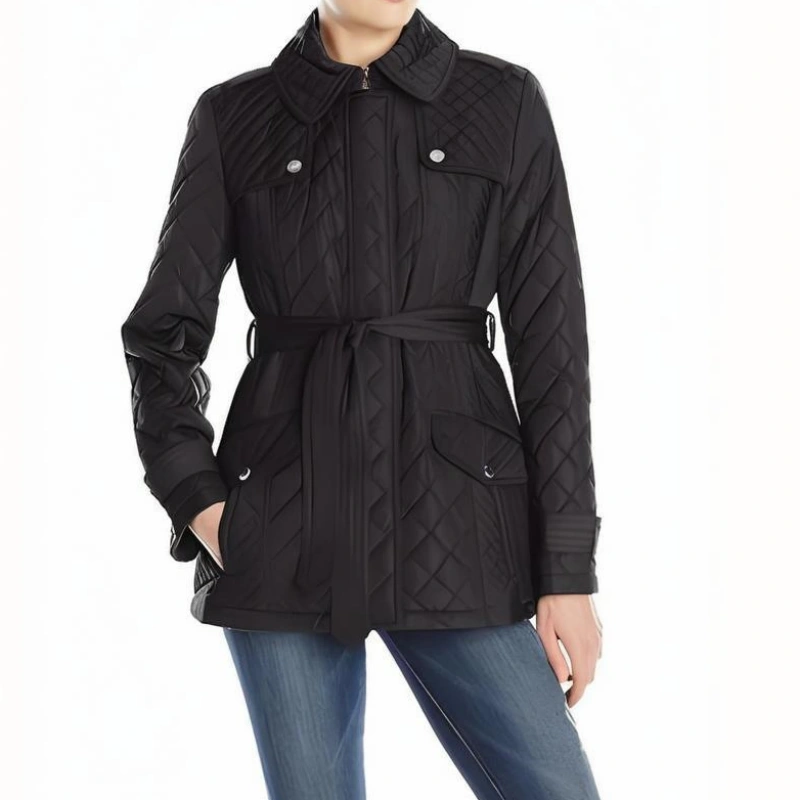
1. Puffer Jackets
What Are They?
Puffer jackets are insulated with down or synthetic materials and feature a quilted design with "puffy" sections. These jackets are known for their exceptional warmth and lightweight feel.
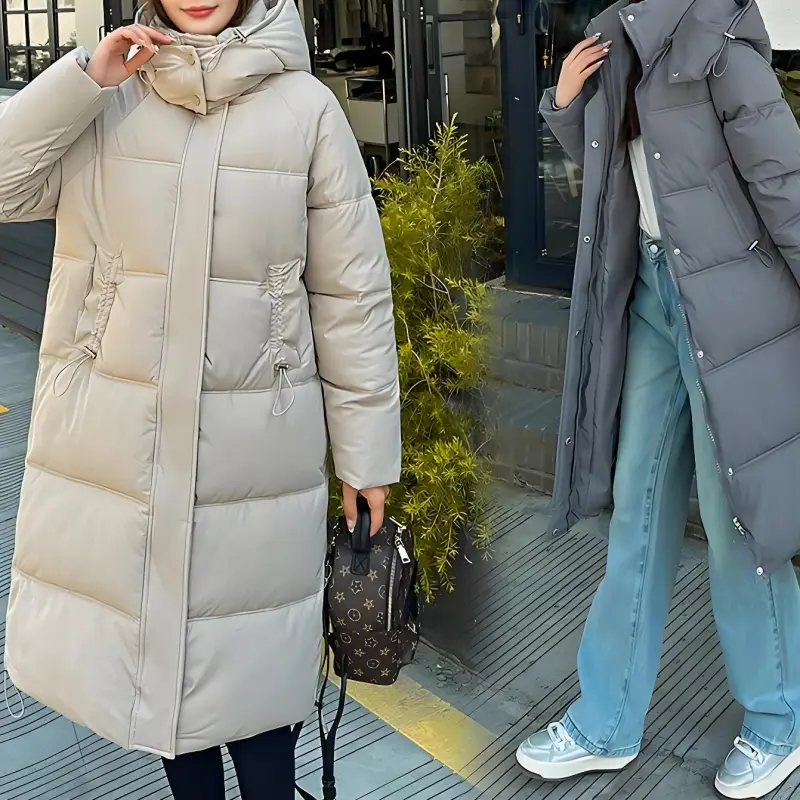
Pros:
Lightweight: Despite their bulk, puffer jackets are light and easy to carry.
Warmth: Down-filled puffers offer excellent insulation, making them ideal for extremely cold temperatures.
Variety: Available in various lengths, colors, and styles to suit different preferences.
Cons:
Water Sensitivity: Down insulation loses its warmth when wet, unless it’s treated to be water-resistant.
Maintenance: Requires proper care, such as dry cleaning or specialized washing, to maintain the fluffiness.
Bulkiness: Some styles can appear bulky, which may not be flattering for everyone.
2. Parkas
What Are They?
Parkas are long, insulated coats, often featuring a fur-lined hood and a weather-resistant exterior. They are designed for harsh winter conditions.
Pros:
Maximum Warmth: Parkas are designed to withstand extremely cold weather, with longer lengths providing additional coverage.
Weather Resistance: Many parkas are waterproof or water-resistant, making them suitable for snow and rain.
Stylish Options: Modern parkas come in a range of trendy designs, blending practicality with aesthetics.
Cons:
Heavyweight: Parkas are generally heavier and less packable than other jackets.
Cost: High-quality parkas, especially those with premium insulation, can be expensive.
Limited Ventilation: May feel too warm in milder winter conditions.
3. Wool Coats
What Are They?
Wool coats are classic, tailored winter jackets made from wool or wool blends. They often feature structured silhouettes and elegant designs.
Pros:
Timeless Style: Wool coats are versatile and perfect for formal occasions or work settings.
Durability: High-quality wool is long-lasting and resistant to wear and tear.
Moderate Warmth: Provides adequate insulation in moderately cold conditions.
Cons:
Not Waterproof: Wool is not ideal for wet weather unless treated with a water-repellent finish.
Heavier: Wool coats are heavier than synthetic options.
Higher Maintenance: Requires dry cleaning for proper care.
4. Peacoats
What Are They?
Peacoats are short, double-breasted wool coats, originally designed for sailors. They offer a sophisticated yet casual look.
Pros:
Stylish: Peacoats are perfect for layering and work well for semi-formal or casual outings.
Durable Material: Wool construction ensures longevity.
Compact Design: Shorter length makes it more comfortable for activities like driving.
Cons:
Limited Warmth: Not suitable for extremely cold climates due to the shorter length.
Not Weatherproof: Similar to wool coats, peacoats are not water-resistant.
5. Trench Coats with Insulation
What Are They?
Insulated trench coats are a modern twist on the classic trench, featuring additional lining or insulation for warmth during winter.
Pros:
Elegant Design: Perfect for professional or dressy occasions.
Weather Resistance: Many trench coats are water-resistant or waterproof.
Lightweight: Offers a sleek alternative to heavier jackets.
Cons:
Limited Warmth: Best suited for mild winters rather than extreme cold.
Expensive: High-end brands can be costly.
6. Fleece Jackets
What Are They?
Fleece jackets are made from synthetic polyester materials that mimic the texture of wool. They are lightweight and breathable.
Pros:
Lightweight and Packable: Easy to carry and great for layering.
Affordable: Generally less expensive than other winter jackets.
Breathable: Ideal for outdoor activities like hiking or running.
Cons:
Not Weatherproof: Fleece offers little protection against wind and rain.
Limited Warmth: Not suitable for extremely cold conditions unless layered.
7. Shearling Jackets
What Are They?
Shearling jackets are made from sheepskin with a wool lining, offering a luxurious and cozy feel.
Pros:
Luxurious Warmth: Shearling provides excellent insulation.
Stylish: A fashion-forward choice for winter.
Durable: Sheepskin is long-lasting when cared for properly.
Cons:
Expensive: One of the most costly types of winter jackets.
Heavy: Can feel cumbersome for everyday wear.
Maintenance: Requires special care to avoid damage.
8. Ski Jackets
What Are They?
Ski jackets are designed for active winter sports and feature waterproofing, windproofing, and insulation.
Pros:
Weatherproof: Excellent protection against snow, wind, and moisture.
Functional Design: Includes features like adjustable hoods, snow skirts, and ventilation zippers.
Lightweight: Offers warmth without excessive bulk.
Cons:
Limited Style: Focuses on functionality rather than fashion.
Expensive: High-quality ski jackets can be pricey.
Overkill for Casual Wear: May not be necessary for non-sporty winter activities.
9. Padding Jackets
What Are Padding Jackets?
Padding jackets use polyester fiber or other insulating materials as filling to provide warmth. These jackets are practical and comfortable, ideal for cold weather.
Pros:
Versatile: Suitable for daily wear and outdoor activities.
Affordable: Typically less expensive than down jackets.
Warmth: Polyester fiber offers good insulation, even in damp conditions.
Cons:
Limited Breathability: May feel stuffy during prolonged wear.
Basic Style: Lacks the elegance of wool or PU jackets.
10. Quilting Jackets
What Are Quilting Jackets?
Quilting jackets are made by stitching fabric and insulation together in intricate patterns, often creating square or diamond shapes. They offer a balance of warmth and style.
Pros:
Lightweight: Perfect for transitional seasons like autumn and mild winters.
Classic Look: Quilted designs add an elegant touch, making them suitable for commuting or casual occasions.
Easy to Layer: Can be worn over sweaters or under heavier coats.
Cons:
Not for Extreme Cold: Limited insulation makes them unsuitable for harsh winters.
Lacks Waterproofing: Typically not resistant to rain or snow.
11. Down Jackets
What Are Down Jackets?
Down jackets are insulated with natural materials like goose or duck down, offering unparalleled warmth and a lightweight feel. They are a winter essential in extremely cold climates.
Pros:
Exceptional Warmth: Down provides excellent insulation for freezing temperatures.
Lightweight: Lighter than heavy parkas, making them easier to wear.
Compressible: Easy to pack and carry, ideal for travel.
Cons:
Sensitive to Moisture: Down loses its insulating properties when wet.
High Maintenance: Requires special care, such as professional cleaning, to retain loft.
Expensive: High-quality down jackets often come with a steep price tag.
12. Casual Jackets
What Are Casual Jackets?
Casual jackets are designed for comfort and ease of wear, making them a staple for everyday use. They come in various materials, including cotton, polyester, and blended fabrics.
Pros:
Versatile: Suitable for a wide range of occasions, from errands to social gatherings.
Budget-Friendly: Generally more affordable than specialized winter jackets.
Variety of Styles: Available in diverse designs, colors, and patterns to suit different tastes.
Cons:
Limited Warmth: May require additional layering for colder conditions.
Less Formal: Not ideal for business or formal events.
13. PU Jackets
What Are PU Jackets?
PU jackets are made from polyurethane (PU) material and serve as an eco-friendly alternative to leather jackets. They are stylish, practical, and easy to maintain.
Pros:
Affordable: Cost-effective compared to real leather, while offering a similar look.
Low Maintenance: Requires minimal care; a simple wipe can keep it clean.
Waterproof: Ideal for rainy or damp weather.
Animal-Friendly: Made without real leather, appealing to eco-conscious consumers.
Cons:
Limited Breathability: PU material is less breathable than leather, which may cause discomfort during extended wear.
Shorter Lifespan: More prone to aging or peeling compared to genuine leather.
Moderate Warmth: Provides only basic insulation, not suitable for extreme cold.
How to Choose the Right Jacket for You
Here are some factors to consider when selecting a winter jacket:
1. Climate and Temperature
Extreme Cold: Opt for down jackets, parkas, or padded jackets.
Mild Winters: Quilting jackets, PU jackets, or casual jackets are better choices.
2. Activity Level
Daily Commute: Quilting jackets, wool coats, or casual jackets offer both warmth and style.
Outdoor Activities: Down jackets, padded jackets, and PU jackets provide necessary protection and insulation.
3. Style Preferences
Elegant and Classic: Wool coats and quilting jackets work well for formal occasions.
Trendy and Casual: PU jackets and casual jackets highlight individuality and style.
4. Functional Requirements
Waterproofing: Parkas and PU jackets are suitable for wet or snowy weather.
Portability: Down jackets and quilting jackets are easy to compress and carry.
5. Budget
Choose jackets within your budget. High-quality options, while more expensive, often offer better durability and functionality.
By understanding the characteristics of different types of jackets and considering your specific needs, climate, and occasions, you can find the perfect jacket to keep you warm and stylish throughout the winter season.
Practical Advice
Layering is Key: Even the warmest jacket may not suffice without proper layering. Consider thermal base layers and sweaters.
Focus on Fit: A well-fitted jacket not only looks better but also provides better insulation by trapping warm air.
Test for Comfort: Make sure the jacket allows for freedom of movement, especially if you plan to be active outdoors.
Check the Care Instructions: Some materials, like wool or shearling, require special care, which may not suit everyone’s lifestyle.
Invest Wisely: While budget is important, investing in a high-quality jacket ensures long-term value.
Winter jackets are as much about functionality as they are about style. By understanding the types available and assessing your specific needs, you can choose a jacket that keeps you warm, comfortable, and stylish all season long.

